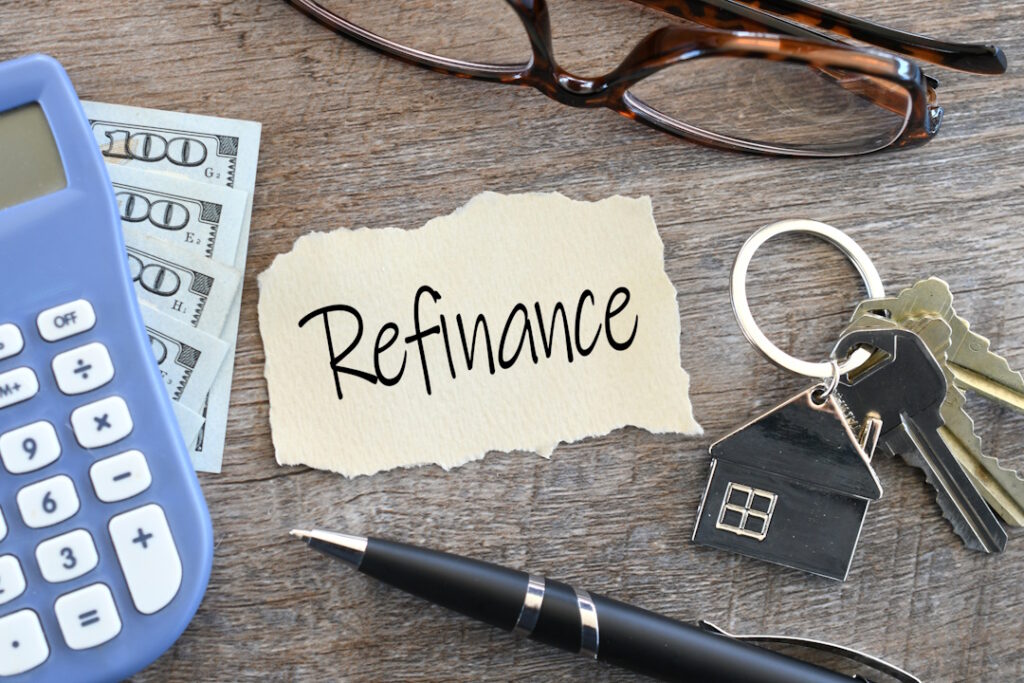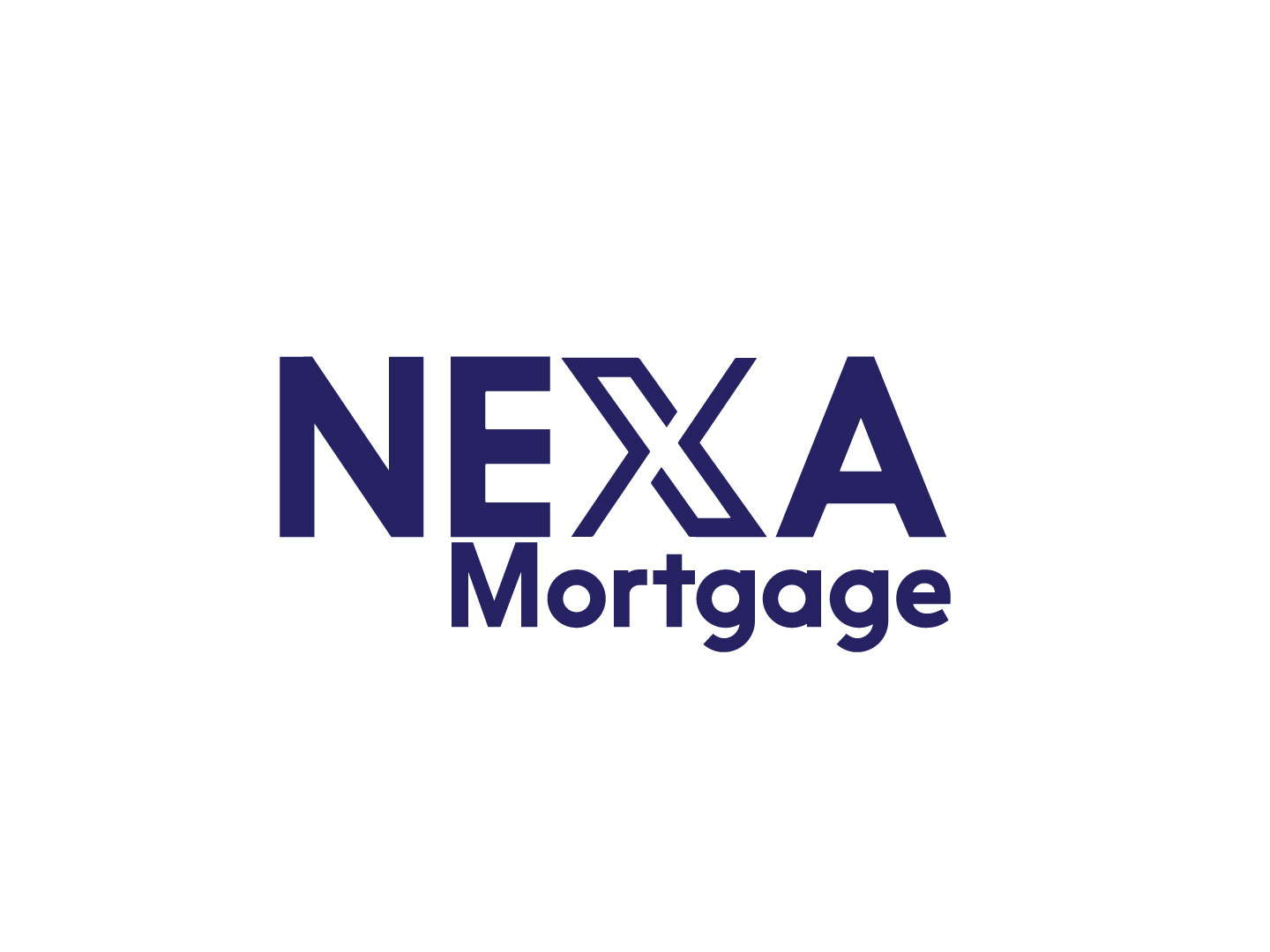Refinancing

Imagine you have a mortgage on your home, and you’re thinking about making some changes to your current loan. That’s where refinancing comes in! Refinancing a mortgage is like giving your home loan a makeover to potentially get better terms, save money, or achieve other financial goals.
When you refinance, you work with a lender to pay off your existing mortgage with a new one that has different terms. This could involve getting a lower interest rate, extending or shortening the loan term, or even switching from an adjustable-rate mortgage to a fixed-rate mortgage (or vice versa).
The idea behind refinancing is to take advantage of changes in the market or your financial situation to improve your mortgage. Here are a few reasons why people choose to refinance:
Lowering your interest rate: If interest rates have dropped since you took out your original mortgage, refinancing can allow you to secure a new loan with a lower interest rate. This can potentially save you money on your monthly payments and over the life of the loan.
Changing loan terms: Refinancing also gives you the opportunity to modify the length of your loan. For example, you could refinance from a 30-year mortgage to a 15-year mortgage, which would allow you to pay off your home sooner and potentially save on interest payments.
Tapping into home equity: If you’ve built up equity in your home, you can choose a cash-out refinance. This type of refinancing allows you to borrow against the value of your home and receive a lump sum of cash that you can use for various purposes, such as home improvements, debt consolidation, or other financial needs.
Switching loan types: Refinancing also gives you the chance to switch from an adjustable-rate mortgage (ARM) to a fixed-rate mortgage, or vice versa. This decision depends on your preferences and the current interest rate environment. A fixed-rate mortgage offers stability with a consistent interest rate, while an ARM may provide lower rates initially but can adjust over time.
Refinancing your mortgage requires going through a similar process as when you first obtained your loan. It involves submitting an application, providing financial documents, and going through underwriting. While there are costs associated with refinancing, such as closing fees, these can often be rolled into the new loan or offset by the potential savings or benefits you’ll receive.
Remember, refinancing is a personal decision that should align with your financial goals and circumstances. It’s always a good idea to carefully consider the costs, benefits, and any potential long-term impacts before making a decision.
In the end, refinancing can be an exciting opportunity to give your mortgage a fresh start and potentially save money or achieve other financial goals. So, if you think refinancing might be a good fit for you, reach out to a trusted lender who can guide you through the process and help you make an informed decision.
